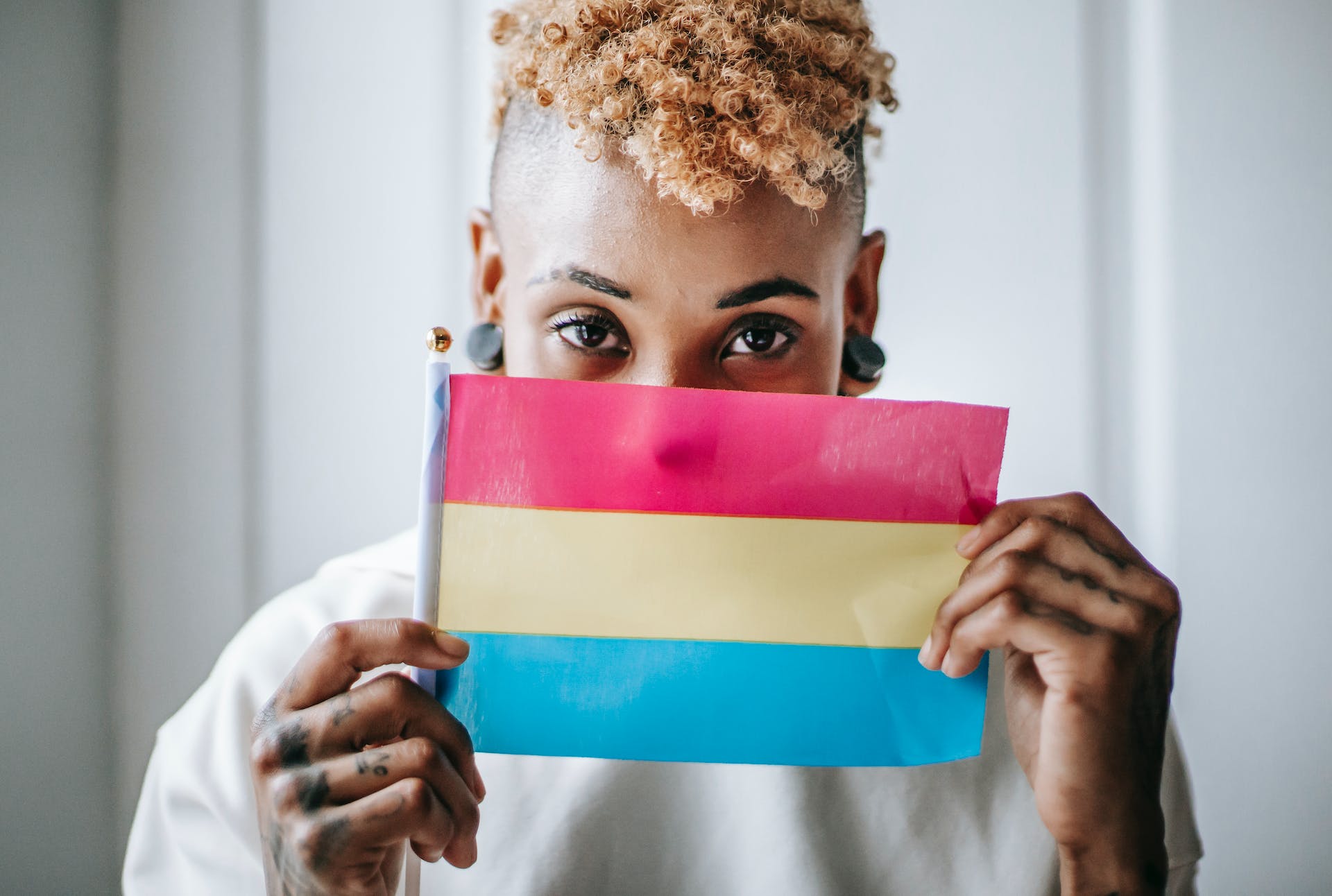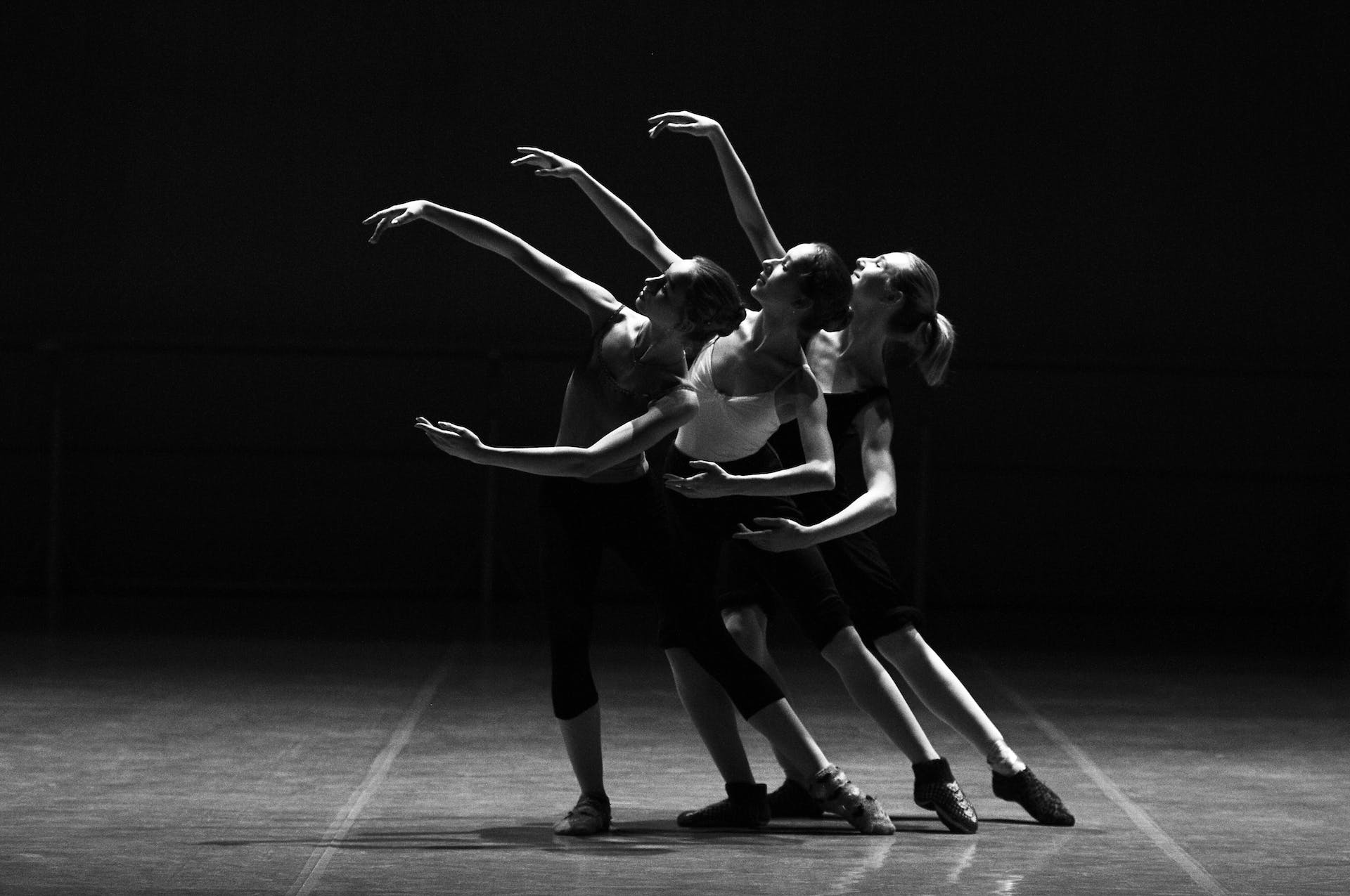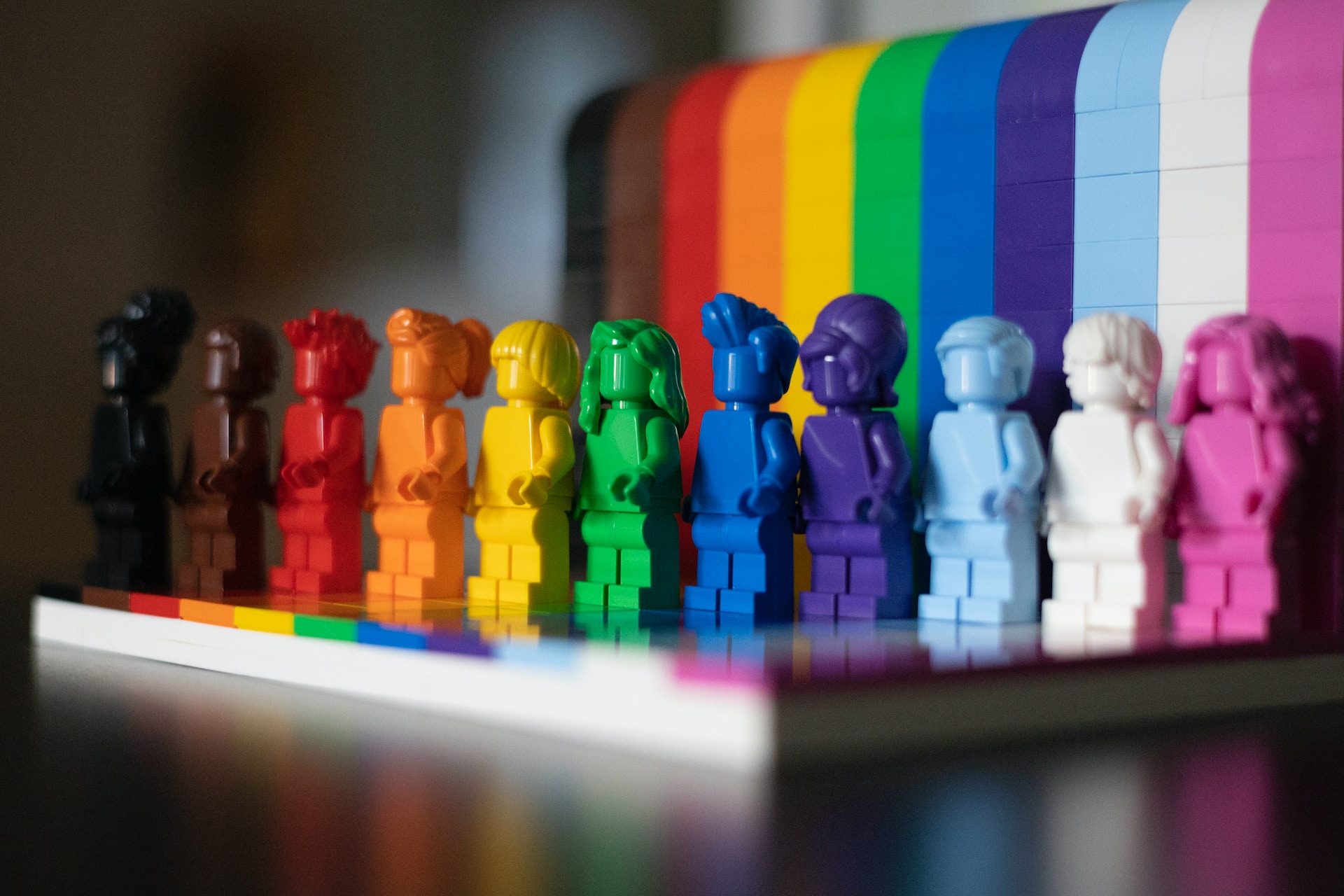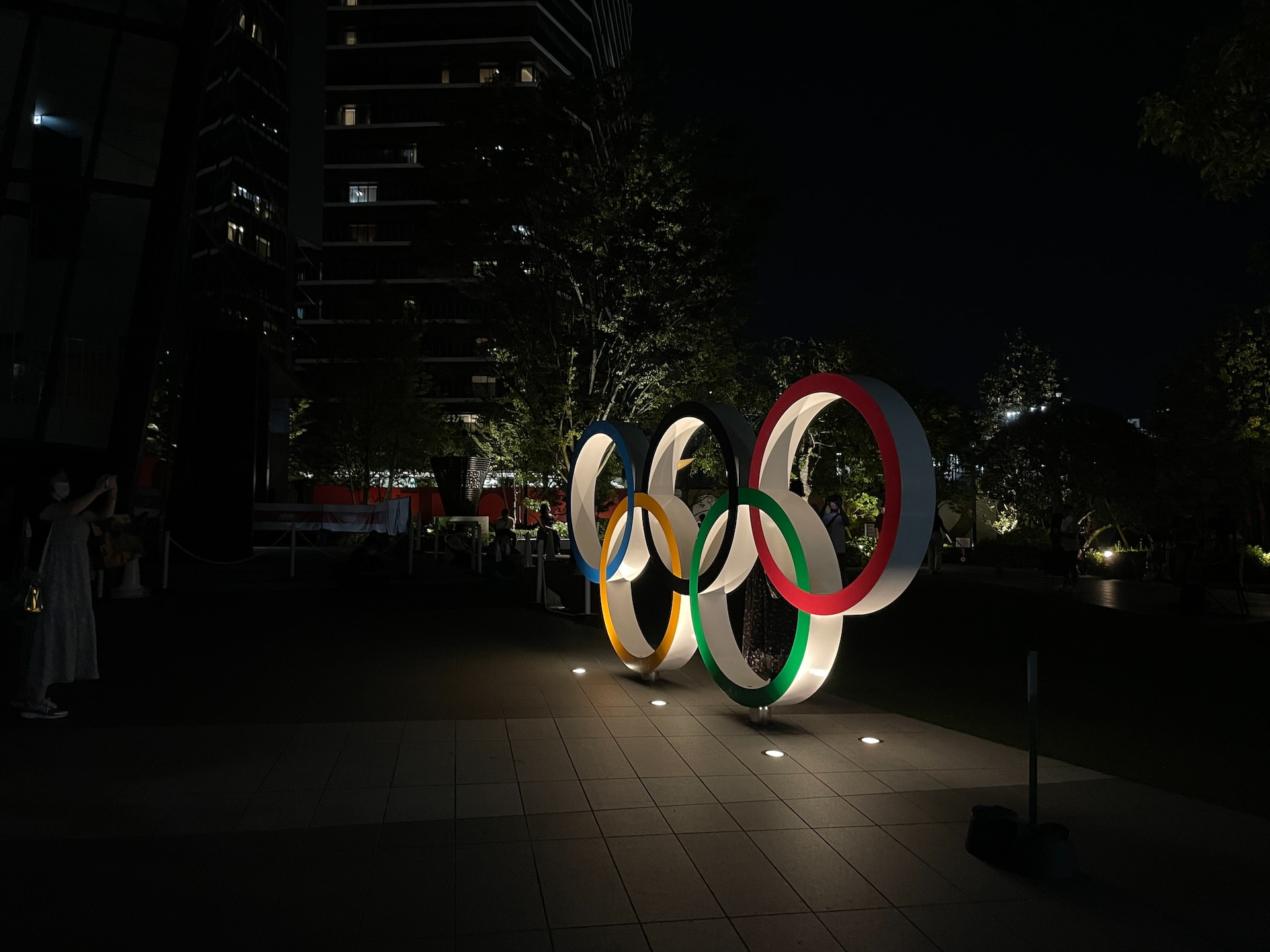The Tension Between Bisexuality and Pansexuality: A Closer Look at the LGBTQ+ Community Rift

Before delving into the conflicts, it’s essential to understand what bisexuality and pansexuality mean within the LGBTQ+ spectrum. Bisexuality is commonly defined as the sexual and/or romantic attraction to more than one gender. Pansexuality, while similar in its non-exclusivity, is explicitly the attraction to people regardless of gender. Although similar, the distinction lies in the perception and emphasis on gender in one’s attraction.
The Digital Divide
The discourse has been especially heated on online platforms where anonymity and digital bravado fuel the fire. Bisexual and pansexual communities have found themselves in an escalating war of words. Accusations range from one group being labeled transphobic to the other being dismissed as a needless label, creating an atmosphere of hostility rather than understanding.
Roots of the Rift
The conflict appears to stem from a misunderstanding and misrepresentation of each other’s sexual identities. Some bisexual individuals feel that the rise of pansexuality invalidates their own sexuality as inherently transphobic or limited, while some pansexuals feel that their identity is often dismissed as a trendy rebranding of bisexuality.
The Allegations of Exclusion
At the heart of the dispute is the allegation from both sides of exclusion. Some pansexual individuals argue that bisexuality inherently upholds a gender binary and excludes non-binary or transgender individuals, a claim that many bisexuals fervently deny. On the other hand, bisexuality advocates claim that the term pansexuality is unnecessary and undermines the inclusive nature of bisexuality, which already encompasses attraction to all genders.
The Role of Language and Evolution
Language evolves, and so does our understanding of sexuality. The terms ‘bisexual’ and ‘pansexual’ have evolved over time, and part of the conflict may arise from generational differences in understanding these terms. What was once understood as bisexuality in broader terms may now be dissected into more specific identities, including pansexuality.

The Impact on the Community
This internal conflict has real consequences. It detracts from the LGBTQ+ community’s larger fight for rights and acceptance. The energy expended on infighting could be better spent on advocacy and supporting each other against discrimination and prejudice.
Finding Common Ground
The LGBTQ+ community has long been a proponent of diversity and inclusivity. While the debate between bisexuality and pansexuality is complex, it is crucial to find common ground and respect each person’s self-identification. Education and open dialogue are key in resolving misunderstandings and moving towards a more united front.
Conclusion: Unity in Diversity
The LGBTQ+ community’s strength lies in its diversity and the acceptance of different identities. As the community confronts internal conflicts like the one between bisexual and pansexual individuals, it’s essential to remember the broader goals of equality and understanding. It is only through mutual respect and unity that the community can continue to fight against the discrimination and challenges that they face collectively.
©equalityvoices.org




